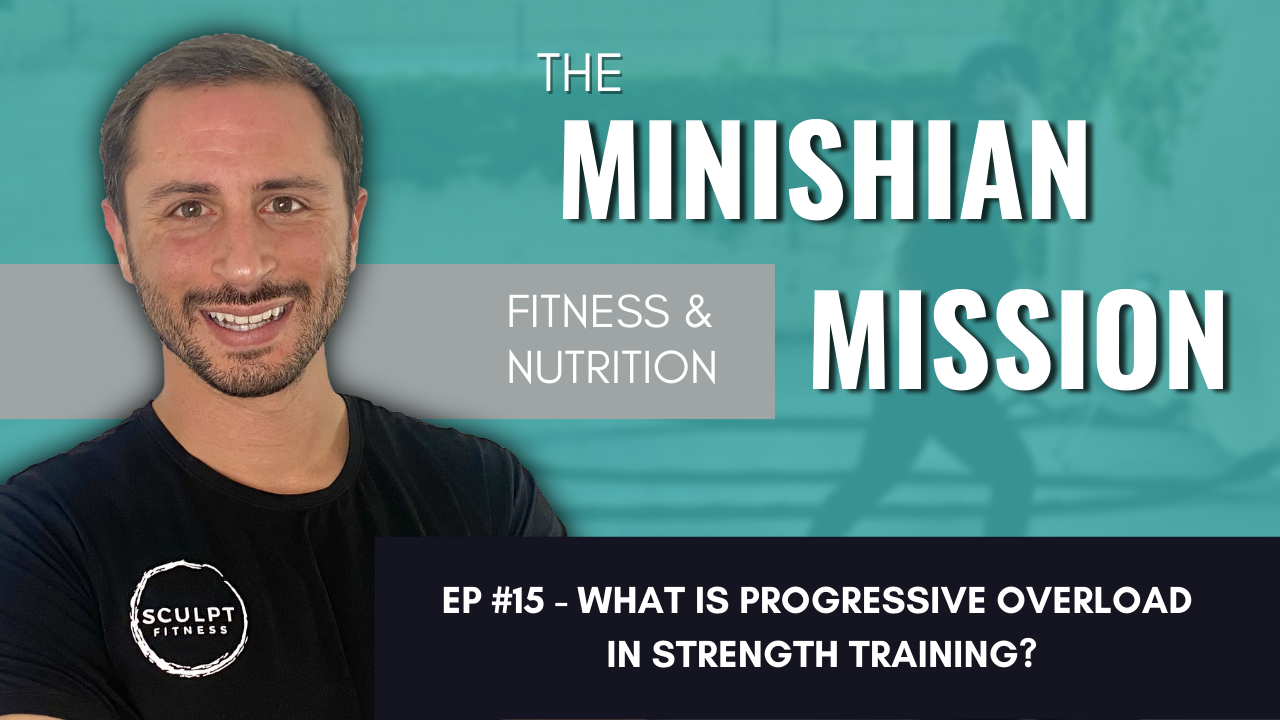Progressive overload can make or break your results.

What is Progressive Overload in Strength Training?
Progressive overload plays an important role in the results you achieve from a workout routine. It is a critical concept to understand in strength training. If you aren’t implementing it, you are not really pushing your body to be better than it was before.
“Progressive Overload is one of the most important concepts in strength training programs.”– David Minishian
Progressive Overload
Progressive overload is the process of gradually overloading the body with either volume, intensity, or frequency to reach a specific goal. Without a progressive overload, progress stops. A common misconception about achieving a progressive overload is that it is something you program into your workout plan. However, it is actually the evidence of results that your program is working for you and over weeks and months of training you will begin to see how your body responds and recovers from each subsequent workout. If progressive overload is not present in your strength training then you’ll plateau from not pushing your body to do more than it did before.
How To Implement Progressive Overload
To start implementing a progressive overload, you will need to do two things:
1) Start Tracking. In a strength training program, you need to track program specifics like sets, reps, weight, total volume, and exercise frequency. By gradually making changes to these factors, you can ensure progress is happening.
2) Push to near failure each set. You will need to reach near failure with every set to implement progressive overload appropriately. If at the end of your set you can easily put out another 10 reps, you aren’t lifting heavy enough for your target reps. Coming as close as you can to near failure will promote optimal progress.
Also, note that different rep and weight schemas achieve different outcomes. For example, lifting lighter weight and doing higher rep counts increase your muscular endurance and cardio capacity, but it won’t contribute much to gaining strength or lean muscle tissue. To increase your muscle mass, you’ll need to lift heavier weight with a lower rep count.
Ready to build the body you want with a sustainable lifestyle?
Watch

David Minishian, MPH
Fitness and Nutrition Coach
David is the owner and head coach at Sculpt Fitness in Long Beach, CA. He leads the mission at Sculpt to educate, equip, and empower the local community to make the best decisions for their health. For over 10 years he has coached exercise and nutrition, helping clients create sustainable lifestyle to build the body they want. When he's not training, coaching or cooking, David is on an adventure with his wife and kids or teeing up his next shot on a golf course.